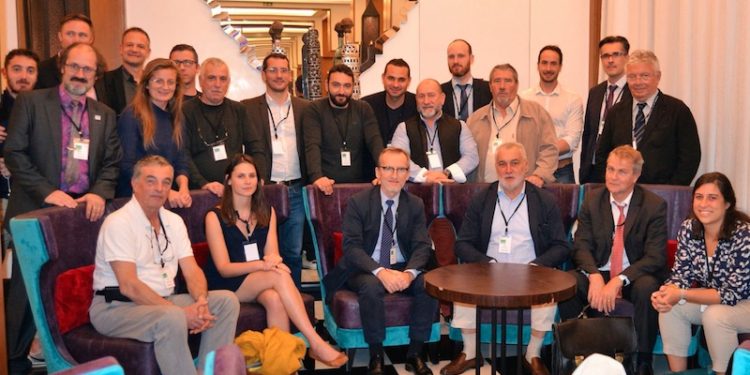Fishing industry figures have come away from the ICCAT meeting in Marrakesh disappointed at the decisions taken bluefin tuna, and especially the opposition by some member states and NGOs to moving from a recovery plan to a management plan.
The scientific committee’s proposal to shift to a management plan for bluefin in the eastern Atlantic and Mediterranean was not accepted.
According to French fishing industry body CNPMEM, the framework that led to the rebuilding of the eastern Atlantic and Mediterranean bluefin tuna stock with a probability of more than 90% is maintained, so there is no increase in the number of vessels, no change in fishing seasons and the level of control remains high.
Fishing opportunities for 2018 are increased to 28,200 tonnes, expected to maintain the stock with 95% probability. CNPMEM states that there is no visibility beyond 2018 for the industry, as nations were unable to agree on management measures or the levels of fishing opportunities.
‘With regard to tropical tunas, the sector can only welcome the adoption of the retention measure for all tunas,’ CNPMEM’s spokesman said.
‘This is taking measures already established by the French purse seiners.’
The framework also sets the TAC for northern albacore tuna at 33,600 tonnes for the coming three years. Plans were made to adopt management plans for north and south Atlantic swordfish, as well as for shortfin mako shark in the north Atlantic, but no provision was made for the southern stock.
According to DG Mare director general Joao Aguiar Machado, the Atlantic bluefin tuna stock is approaching a historic high.
‘The last time the stock was at this level, there were no rules in place. In some years, catches would reach as much as 60,000 tonnes, eventually leading to its collapse,’ he said.
‘The recovery of bluefin tuna is a conservation success story, with industry, science and governments working hand in hand. When stocks were low we compelled fishermen to follow strict scientific advice. It is a legitimate expectation that they can now follow the advice when it allows for an increase.’
He stated that reaching a maximum of 36,000 tonnes by 2020 is fully in line with scientific advice and more cautious than the agreed CFP objectives, and the precautionary approach promoted by the EU means the increase will be phased in gradually.
‘Given our objective of promoting sustainable fisheries, it goes without saying that the European Commission would not suddenly allow a riskier approach. In fact, this year’s decision is probably more solid than ever before, thanks to improved scientific methods,’ he said, and commented that he regrets the failure to adopt a more long-term management plan, a proposal for which has been shelved until next year’s meeting.









